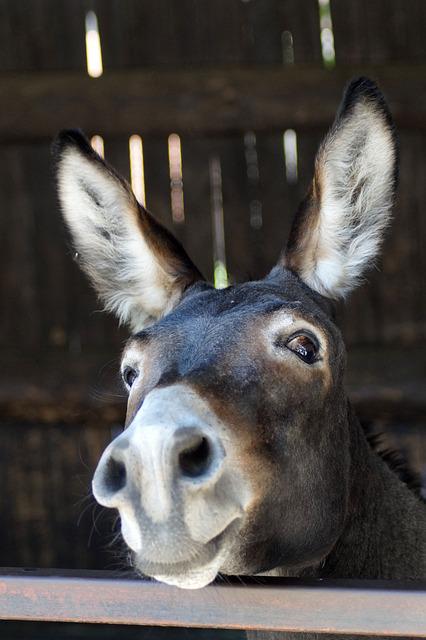
If you do not know where to start when it comes to training a pet, do not worry; just learn what you need to from this article. This article contains good guidelines for several different aspects of training your dog.
Reward your dog’s good behavior. Reward them only when your dog is calm after it performs a trick. Don’t get too excited, though, as your excitement may cause them to break their concentration. Set a good example by rewarding them calmly.
The more active your dog is, the healthier it will be. Dogs can become bored easily. Conditions of boredom are not conducive to training. Dogs are more inclined to obey when they are regularly taken out for exercise and happily accepted as a member of your family. Go on runs or long walks together.
Consistency is key when working on crate training with a young dog. When you allow the puppy to come out of the crate, you have to immediately and without fail give him the chance to relieve his bladder. The dog will eventually learn that there are proper times to go outside and use the restroom.
Choose a crate that corresponds to the size of your dog to facilitate its training. Keep in mind that your puppy will eventually grow into a bigger dog. Find a crate big enough for your adult dog. They have to be comfortable moving around inside to ensure they aren’t crowded.
Pick a consistent phrase to use with your puppy while house training. When you are outside with the puppy, say the chosen phrase to keep him focused on the task he is to accomplish.
Set small, easy goals when you start training your dog. Smaller, more easily learned behaviors are more likely to produce timely successes and a solid foundation for future training efforts. In doing so, you will see better and more positive results.
Pay attention to the length of your training your dog sessions. Dogs can quickly lose focus when you prolong activities. Keep first training lessons to 10 minutes or less.
Try to find the triggers of your dogs barking to reduce this action. It might be something they hear or being exposed to people. Your dog will know the difference and will understand that there’s no reason to bark when presented these situations.
Consistency is the key to training. Everyone that works with your dog should use the same commands, as well as the same techniques. If everyone involved uses the same commands, your dog will learn more quickly and easily.
Make sure you’re praising your dog so that you enforce positive behavior. Positive reinforcements include treats, smiles and pats on the head. Don’t reward any bad behavior or it will be reinforced.
Understand that your every action is teaching your dog and shaping his personality. This is important to know, because you might undo certain desired behaviors inadvertently by teasing your dog or engaging in horseplay. You want to constantly be teaching your dog the behavior that you want it to have.
Give challenges to your dog on a regular basis. While you may know your dog hasn’t forgotten anything, try little tests to ensure he remembers all the commands he’s learned up to that point.
When you are using your dog’s name negatively while scolding him, be sure to repeat it several times lovingly as well. Your pet should be aware that his name is a good thing. You don’t want your pet to be scared to walk to you whenever you call his name.
Start your training sessions with a treat for each successful command. After they get used to it, try giving them treats a lot less.
Be consistent when training a dog. Consistency must be used in the wording of the commands you use with your dog, the tone of voice you use when saying these words and the rewards that you provide for the dog when it successfully complies with your commands.
If your dog barks a lot, try not to shout at it. Shouting to counteract barking can actually be a positive reinforcement for dogs, since they do not understand that you are not reacting at their barking. The confusion allows the dog to thing that they were right to bark, and therefore it is better to remain calm.
Your dog may be terrified of thunderstorms. Ask your vet for recommendations regarding your dog’s thunder-phobia. Your veterinarian can suggest and prescribe some mild sedative for your dog to take prior to a storm. This is used as a last resort when traditional methods are not enough to satisfy your dog.
It is important to discover the type of training and reward techniques that work best for your dog. For example, if treats don’t work, you’ll have to find alternative rewards. You can use this new reward in situations where he has earned it.
Use your dog’s name whenever you are offering it a treat. Your dog must respond well for you to have control. Practice calling your dog’s name and letting him respond at least tens times a day. In addition, you should never punish your dog for coming to you when you call its name.
Start Training
Now that you have found the information you need, you can use it to start training your dog. Being knowledgeable about the subject will help people start training their dogs.